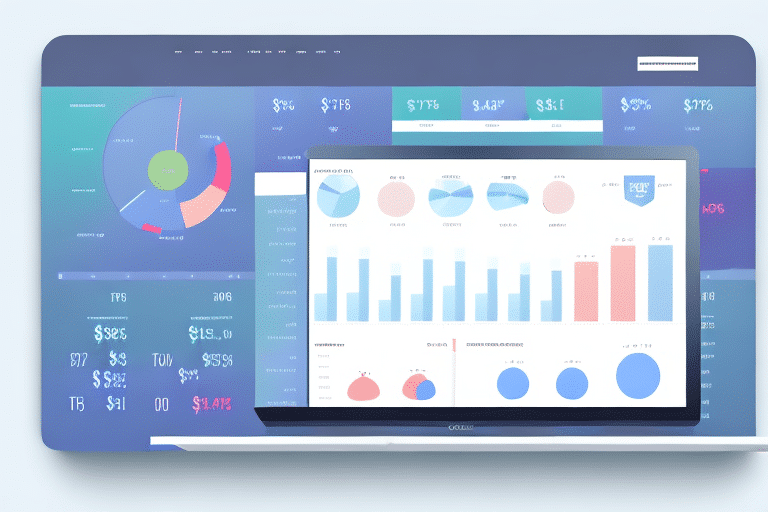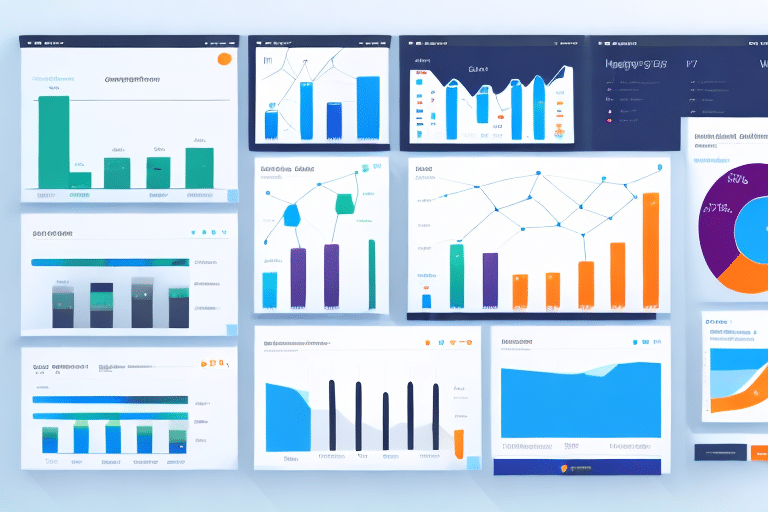Measuring Revenue by Traffic Source and Why It Matters for e-Commerce Operations
As an e-commerce business owner, understanding where your revenue is coming from is crucial for success. However, simply knowing your overall revenue may not provide the insights necessary to drive growth. By measuring revenue by traffic source, you can unlock valuable information about the effectiveness of different marketing channels and optimize your e-commerce strategy accordingly.
Understanding the Importance of Traffic Sources for e-Commerce Success
Traffic Quality Metrics
While revenue is the ultimate goal, understanding the quality of traffic sources is essential. Not all traffic is created equal, and high-quality traffic is more likely to convert into sales. Key metrics to track include:
- Bounce Rate: The percentage of visitors who leave your site after viewing only one page.
- Time on Site: Measures how long visitors stay on your site, indicating engagement levels.
- Conversion Rate: The percentage of visitors who complete a desired action, such as making a purchase.
For example, according to a Smart Insights report, a lower bounce rate often correlates with higher conversion rates, highlighting the importance of targeting high-quality traffic sources.
Identifying Trends and Patterns
Tracking revenue and traffic data over extended periods allows you to identify seasonal trends, shifts in consumer behavior, and changes in the competitive landscape. For instance, Statista reports that e-commerce sales typically increase during holiday seasons, emphasizing the need to adjust marketing strategies accordingly.
Utilizing Analytics Tools to Measure Revenue by Traffic Source
Implementing Google Analytics
Google Analytics is a powerful tool for tracking visitor behavior and sales across different marketing channels. By setting up conversion tracking, you can monitor how channels like paid search, social media, email marketing, and organic search contribute to your revenue.
Tracking Setup Best Practices
Ensuring accurate tracking is fundamental. Implement the following best practices:
- Use UTM parameters to tag your URLs, allowing precise attribution of traffic sources.
- Set up goal tracking to measure specific actions, such as purchases or sign-ups.
- Regularly audit your analytics setup to identify and fix any discrepancies.
For a comprehensive guide on setting up Google Analytics, refer to the Google Analytics Academy.
Different Types of Traffic Sources and Their Impact on Revenue
Organic Search
Organic search traffic originates from search engines like Google. Visitors from organic search often have high intent, leading to better conversion rates. Investing in SEO strategies can enhance your visibility and drive sustainable traffic growth.
Paid Search
Paid search involves advertising on platforms like Google Ads. While it can deliver immediate traffic, it's essential to manage costs effectively to ensure a positive return on investment (ROI). According to WordStream, optimizing keyword bids and ad quality can significantly impact the effectiveness of paid search campaigns.
Social Media
Social media platforms like Facebook, Instagram, and Twitter can drive substantial traffic. Tailoring your content to each platform's audience can enhance engagement and conversions. A Sprout Social study indicates that social media referrals can increase brand visibility and foster customer loyalty.
Direct Traffic
Direct traffic consists of visitors who access your site by typing the URL directly or via bookmarks. This traffic often represents loyal customers or those familiar with your brand. Enhancing brand recognition can boost direct traffic and, consequently, revenue.
Referral Traffic
Referral traffic comes from other websites linking to yours. Building partnerships and earning backlinks from reputable sites can increase referral traffic quality and volume. Engaging in guest blogging or participating in industry forums are effective strategies to harness referral traffic.
Optimizing Your e-Commerce Strategy Based on Traffic Data
Allocating Marketing Resources
By identifying which traffic sources drive the most revenue, you can allocate your marketing budget more effectively. Focus on high-performing channels and consider reducing investment in underperforming ones. Data-driven allocation ensures maximum ROI.
Enhancing Customer Journey
Analyzing the customer journey—from initial visit to purchase—can reveal opportunities for improvement. Simplifying the checkout process, offering personalized product recommendations, and providing excellent customer support can enhance the user experience and boost conversions.
Inventory Management
Data on traffic sources and sales trends can inform inventory decisions. Understanding which products are popular from specific channels helps in forecasting demand and managing stock levels efficiently, reducing the risk of stockouts or overstocking.
Best Practices and Common Mistakes in Measuring Revenue by Traffic Source
Proper Data Segmentation
Segmenting data by traffic source is crucial for accurate analysis. Analyzing each source separately allows you to identify which channels are most effective in driving revenue and tailor your strategies accordingly.
Avoiding Tracking Errors
Incorrect setup of analytics tools can lead to inaccurate data. Common mistakes include missing UTM parameters, misconfigured goal tracking, and not excluding internal traffic. Regular audits and validation checks can help prevent these errors.
Accounting for Seasonality and Business Changes
External factors like seasonality, promotions, or changes in the business model can impact traffic and revenue. Adjusting your analysis to account for these variables ensures a more accurate understanding of traffic source performance.
Advanced Analysis: Mobile vs Desktop, ROI, and Customer Lifetime Value
Impact of Mobile Traffic
With mobile traffic continuously growing, optimizing your site for mobile users is essential. Ensure responsive design, fast loading times, and a seamless mobile checkout process to capture and convert mobile visitors effectively.
Measuring ROI of Traffic Sources
Calculating the ROI of different traffic sources helps in determining their profitability. Divide the revenue generated by each channel by the cost invested to acquire that traffic. Focus on channels with a higher ROI to maximize profitability.
Understanding Customer Lifetime Value
Customer Lifetime Value (CLV) measures the total revenue a customer is expected to generate over their relationship with your business. Analyzing CLV by traffic source helps identify which channels acquire high-value customers, informing long-term marketing strategies.
Real-World Case Studies
Successful e-Commerce Businesses Leveraging Traffic Data
Studying real-world examples provides practical insights into effectively measuring and utilizing traffic source data. For instance, Shopify features case studies where businesses optimized their marketing channels based on detailed traffic analysis, resulting in significant revenue growth.
By measuring revenue by traffic source and utilizing the insights gained from this data, e-commerce businesses can optimize their strategies for growth and success. Understanding the nuances of different marketing channels and continuously evaluating data enables informed decisions about resource allocation and maximizes revenue potential.






















